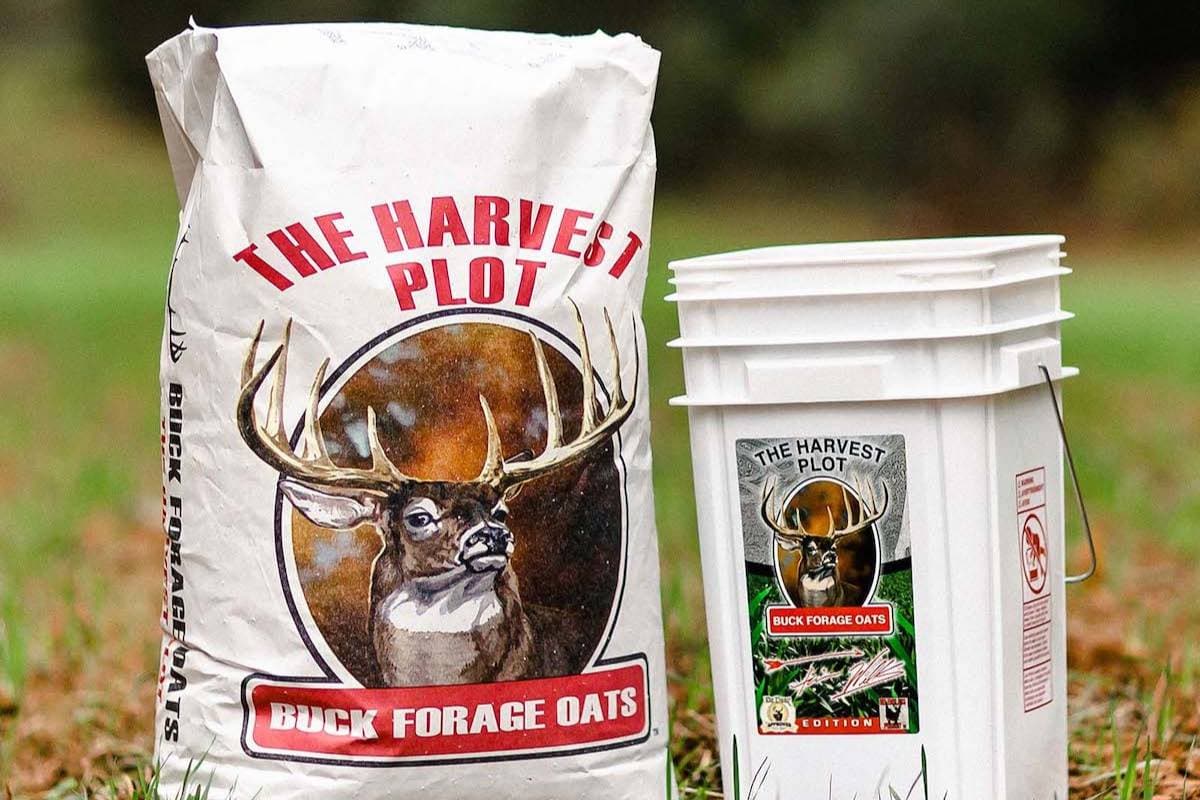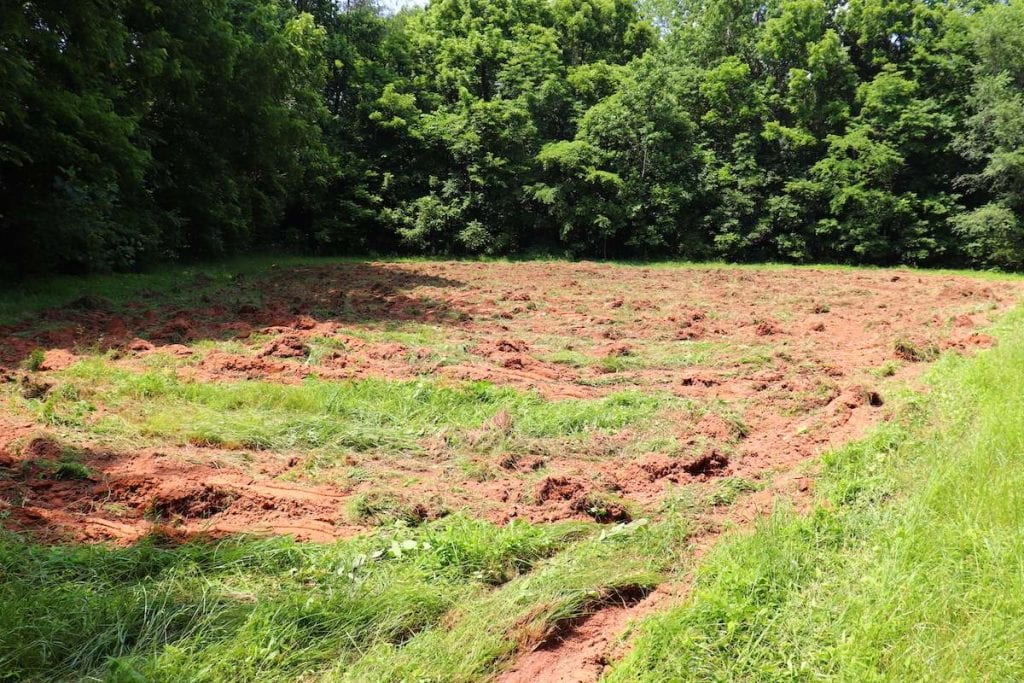With each year, an ever-growing number of hunters are coming to recognize the value of planting food plots.
Generally speaking, thoughtfully planted and well-maintained food plots prove highly attractive to the deer in a given area.
Additionally, food plots supplement the nutrition of natural browse within the area where they are planted.
However, one must have a steadfast game plan, ensuring that all seed is sewn on time to establish the best possible stand or yield.
Contents (Jump to Topic)
TogglePlanting dates tend to be especially critical for certain food plot seed blends. This is especially true for oat-based mixtures, such as Buck Forage Oats, which have remained quite popular among hunters for several years.
The following guide will assist you in determining when best to plant Buck Forage Oats, while also providing key tips and tricks to make your planting efforts more successful.
What Is Buck Forage Oats?
Buck Forage Oats is a proprietary oat-based food plot seed blend developed by Steve Harrison. Click here to check the latest price.
The particular blend of oats used in this seed blend originated from cross-pollinating several distinct lines of Coker oats.
From these efforts came a specialty, highly-productive oat blend capable of outperforming many base oat blends previously offered.
According to the company’s webpage, Buck Forage Oats food plot blend contains no fillers and is derived from domestically sourced seed.
This particular blend of oats has been heavily studied, field-tested, and monitored to ensure the widest possible range of soil compatibility.
Are Buck Forage Oats Really Better Than Standard Oats?
Buck Forage Oats differ from standard oats in several different ways. This particular food plot blend is known to be extremely tolerant to cold weather, proving capable of withstanding multiple freezes to little detriment.
Buck Forage Oats is ideal for use as a late fall and early winter food plot.
Additionally, Buck Forage Oats are highly resistant to disease, which has been known to plague other heritage oat blends.
Meanwhile, independent testing has indicated that deer are more readily attracted to Buck Forage Oats, than standard oat blends when fed on a side-by-side, free-choice basis.
When To Plant
While it is possible to plant oats during the spring of the year, most hunters choose to plant Buck Forage Oats during the latter portion of the summer.
The idea is to plant after the bulk of summer heat, and drought-like conditions have passed while also planting early enough to facilitate full establishment before the first frost of fall.
The exact timing of this weather window can differ slightly, depending upon the geographic region in which one lives.
In northern portions of the country, planting of Buck Forage Oats should ideally take place in late August or early September.
In the bulk of the deep south, planting can typically be held off until late September or even early October.
Preparing Your Seed Bed
To achieve the best possible results when planting Buck Forage Oats, it is important to have an adequately prepared seedbed to work with.
read.. planting turnips for deer
To begin with, a seedbed must be cleared of all competing vegetation. This is best accomplished through using quality herbicides, applied as directed.
For best results, these herbicides should be applied approximately 2-weeks before planting.
Following the above-mentioned 2-week window, a tractor and disk should be used to condition the seedbed’s surface and remove any remaining vegetation.
Alternatively, a field can be plowed before disking if a particular field has not been planted for quite some time.
Once such efforts conclude, a seedbed should be free of all vegetation and leveled to provide adequate water uptake/drainage.
Additionally, taking a soil sample and having it analyzed before planting is also highly advised.
Any deficiencies within a seedbed’s soil should be corrected by adding sufficient lime and fertilizer as recommended by testing results.
Doing so ensures that ideal soil conditions exist to promote adequate and sustained growth. In turn, heavier yields often result.
How To Plant Buck Forage Oats
While oats are naturally hearty, they must be planted in a specific manner to provide the best possible yield.
Some hunters broadcast seed of this type before dragging it in though this does not always prove optimal.
Instead, a seed drill is highly advised when planting oats, ensuring that all seeds are planted at the desired depth. Buy Buck Forage Oats here.
Ideally, the bulk of oat blends, including Buck Forage Oats, should be seeded to an average depth of approximately 1-2 inches.
Additionally, this particular blend should be seeded at a rate of 100-125 pounds per acre. Adequate yield cannot be guaranteed when planting at lesser depths or at seed rates below this threshold.








